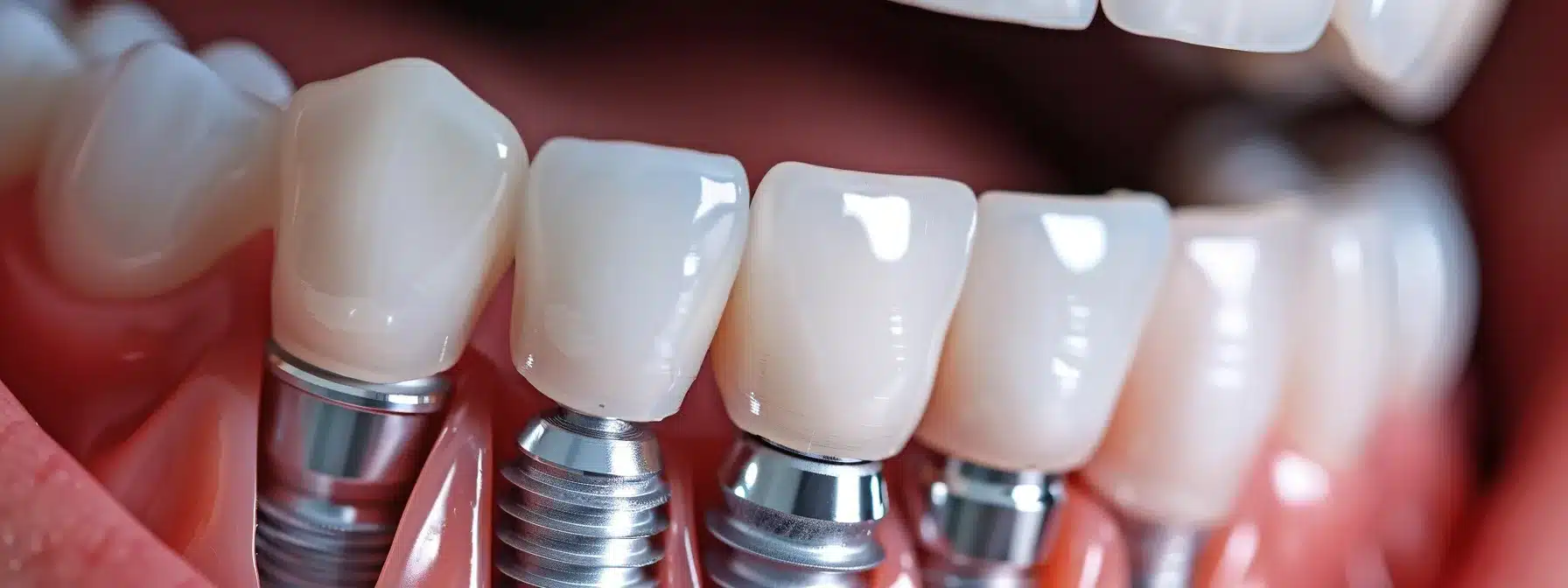Tooth loss can be a complex experience that impacts both function and appearance. While traditional dentures have long been a solution, adults may explore dental implants as a more durable and modern alternative. Understanding their purpose, the differences from traditional dentures, and the process of getting them can help individuals make informed decisions about their oral health.
What Are Dental Implants?
Dental implants are a permanent solution for replacing missing teeth. They consist of three main components. These include a titanium post embedded into the jawbone, a connector piece called an abutment, and a crown that mimics the appearance of a natural tooth.
The titanium post acts as an artificial root, fusing with the bone to provide stability. This creates a foundation for the other components and enables the replacement teeth to function similarly to natural ones. Implants are designed to integrate seamlessly into your smile over time, delivering strength and aesthetic appeal.
What Are They Used For?
Dental implants are used to replace one or more missing teeth. They are suitable for single tooth replacement, replacing multiple teeth using implant-supported bridges, or stabilizing complete arch dentures. These implants may be used as a restorative measure in cases where tooth loss has occurred due to injury, decay, or other dental conditions. Filling the gap left by missing teeth helps prevent further oral health issues like bone loss or shifting of adjacent teeth.
How Are They Different from Dentures?
Dentures and dental implants serve the same purpose, replacing missing teeth, but differ in design and function. Dentures rest on the gums and can be removed. Implants are surgically placed in the jawbone, making them a fixed, non-removable option.
Dentures may require adhesives to stay in place and can sometimes lead to discomfort when eating or speaking. Implants provide better stability and bite strength due to their integration with the bone. The permanence of implants also eliminates the need for adhesives or adjustments associated with dentures.
What Are the Benefits of Dental Implants?
Dental implants are durable, can last many years with proper care, provide a natural look and feel, and closely resemble the appearance and functionality of real teeth. When a tooth is lost, the jawbone in that area can begin to deteriorate. Implants stimulate the bone, maintaining its density over time. They also improve comfort and stability, allowing for easy chewing and speaking without movement or slipping.
What Is Involved in Getting Them?
The process of getting these implants usually begins with an evaluation. A dental professional will assess your oral health, take X-rays, and determine whether your jawbone is strong enough to support the implant. If the bone is insufficient, a bone graft may be recommended.
The titanium post is then surgically placed into the jawbone. Healing typically takes several weeks to a few months, during which the bone fuses with the implant. Once healing is complete, the abutment is attached to the implant, followed by the placement of the custom-designed crown. The specific timeline for the procedure can vary depending on individual needs, but the result is a reliable, long-term solution for missing teeth.
Learn More Today
Switching to dental implants can be a step toward improved oral health. Unlike dentures, their permanent design provides stability, durability, and a natural appearance. If you’re evaluating implants, consult a qualified dental professional to determine if this solution is right for you. Explore whether this option aligns with your dental goals and take the first step toward restoring your smile.

Leave a Reply